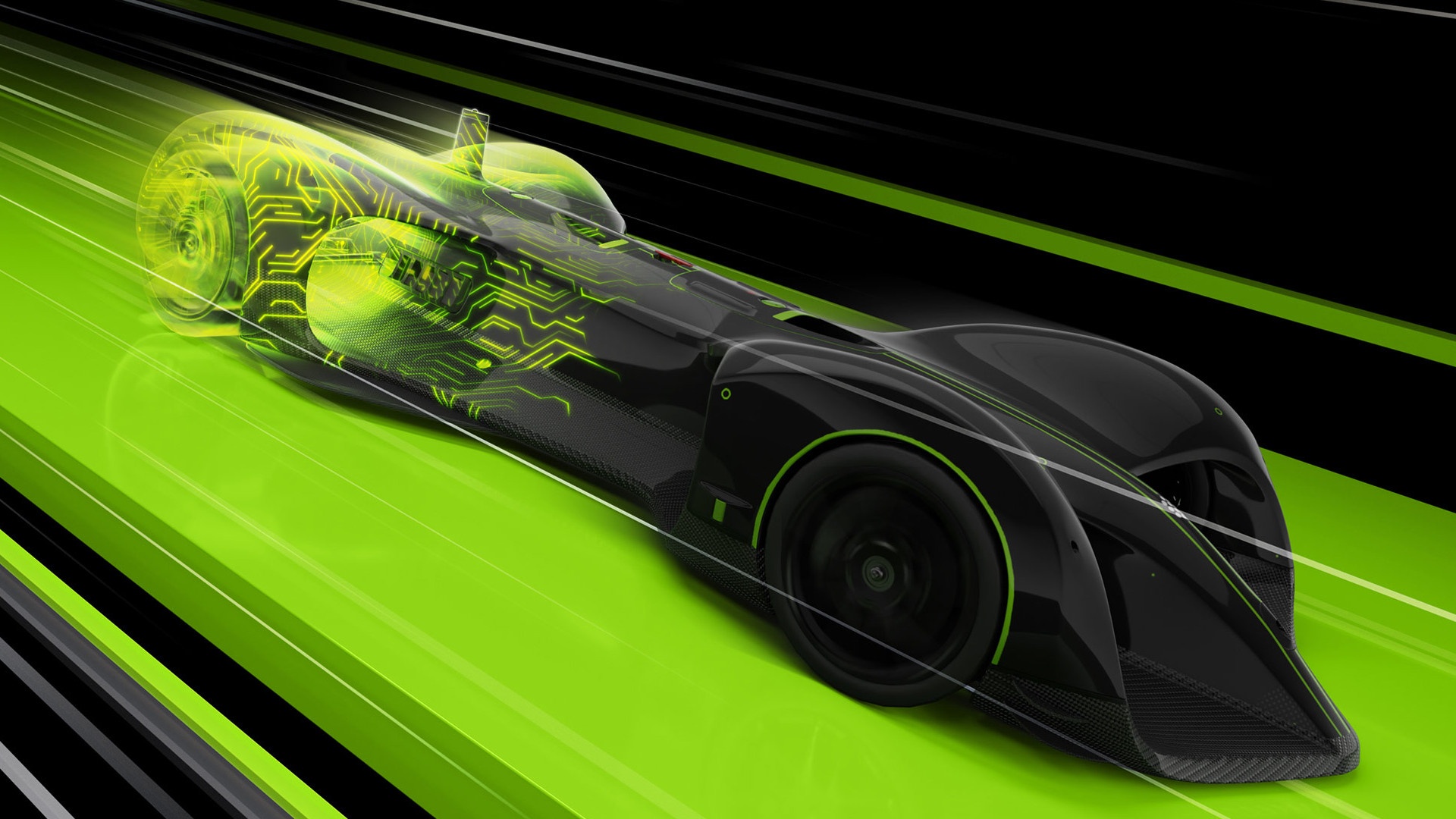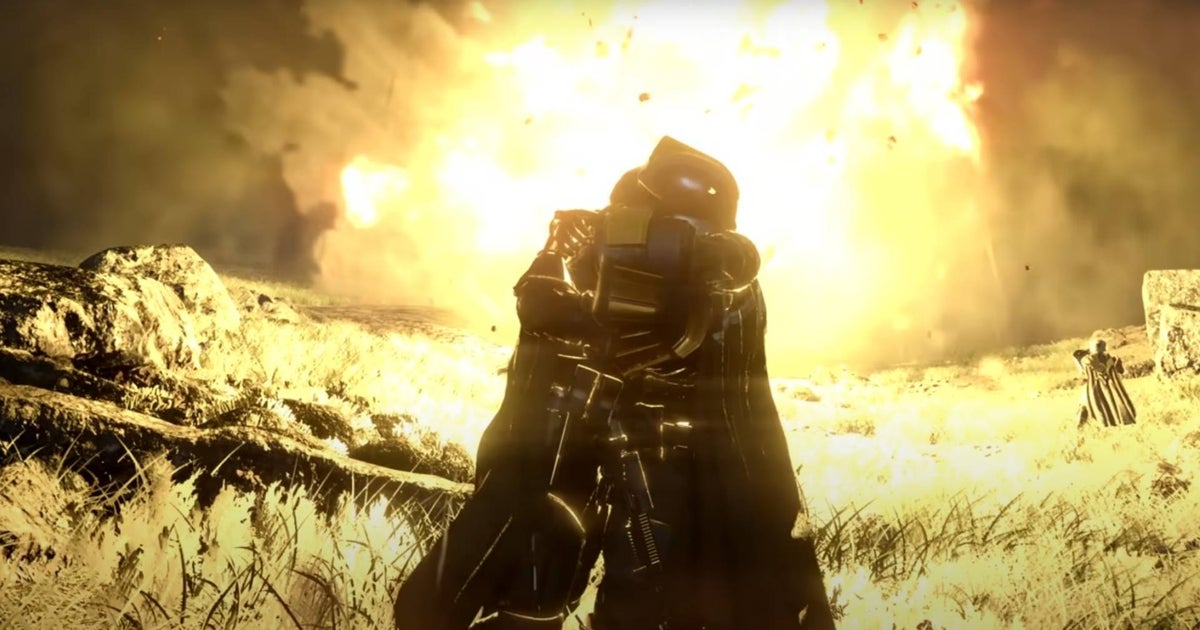It all started with the RTX 20 series
The first graphics cards with DLSS support appeared at the end of 2018 and promised the players of the time high FPS with high image quality and activated ray tracing. However, most games do not yet support Nvidia’s new technology when the graphics cards are released.
This was also due to the fact that the graphics cards of the RTX 20 series were no longer only bought by gamers, but also by private individuals or companies to operate crypto m ining, which caused the graphics card prices to skyrocket.
Despite the slow adoption rate, Nvidia continued to develop the technology. In 2020, Nvidia released the successor to DLSS, DLSS 2, which promised even higher frame rates with even higher image quality.
2022 followed DLSS 3, which further developed the AI model of DLSS 2. DLSS 3 is only supported by the RTX 40 series. If you want to use DLSS 3, you have to buy one of the new graphics cards. However, the graphics cards are not yet that common among Steam players.
AMD launches open source alternative
The main competitor in the field of graphics cards, AMD, has now released its own technology that allows gamers to get more performance out of their computers. AMD Fidelity FX Super Resolution Similar to DLSS, it extrapolates the resolution of a game or program, but does not require any AI at all.
FSR doesn’t use AI to upscale your games.
Unlike DLSS, FSR is open source and can be easily implemented in games that already support DLSS. FSR version 2 has been available for almost a year and is already officially supported by over 100 games. It can also be enforced in games that don’t officially support it.
Where both are similar, however, is ray tracing. What the technology can get out of old games can be wonderfully observed in the 25-year-old Half-Life: Half-Life 25 years later with ray tracing: Sounds unnecessary, but it is impressive.
Do you have an Nvidia graphics card installed in your PC or do you prefer AMD? Do you have special reasons or do you take what you always had? Do you play with or without DLSS? In which mode do you use the upscaling and why? We would like to know what you think about it. Feel free to write it in the comments!










